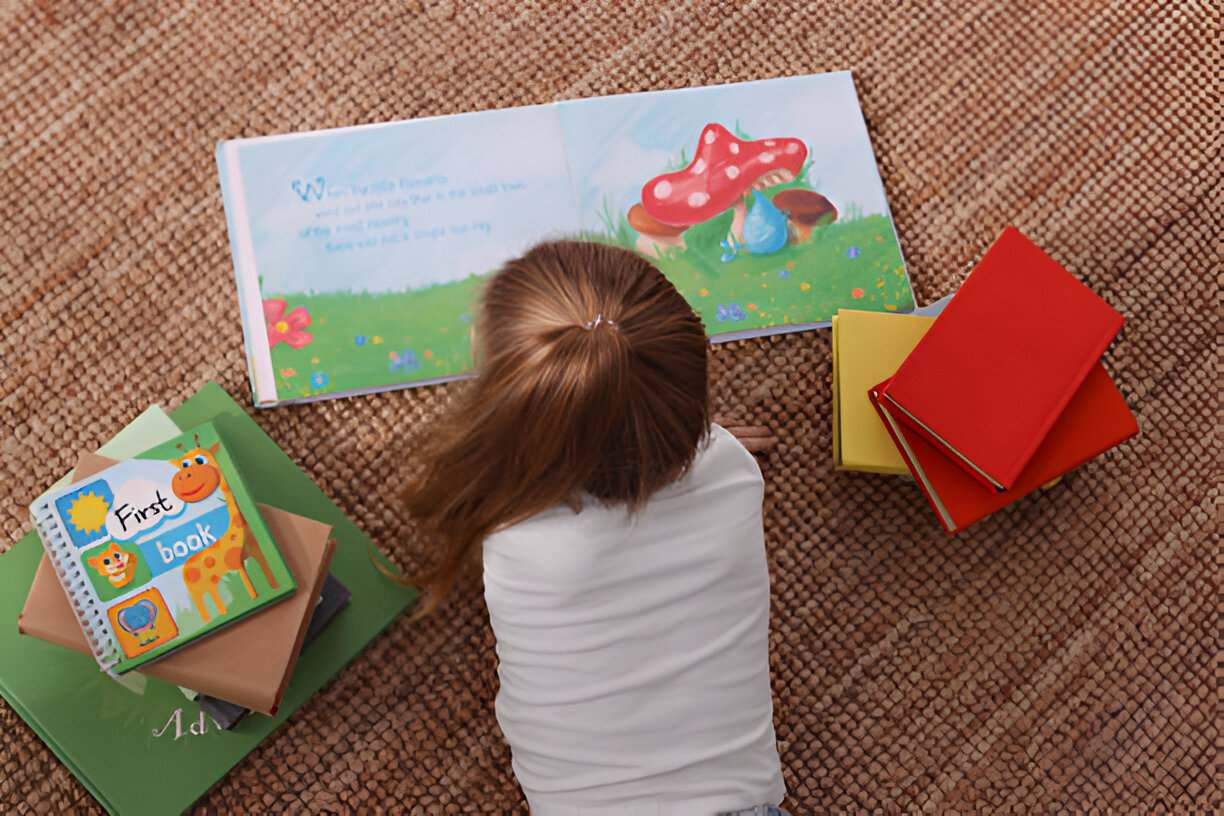
Introduction to the Joy of Preschool Reading
Early childhood is a magical stage filled with curiosity, imagination, and rapid learning. Books during this period act as a bridge between spoken language and emerging literacy, helping children make sense of the world. Among the many children’s books available, Wompus Stompus stands out for its rhythmic charm, bold illustrations, and the way it captures preschoolers’ boundless energy. Parents, teachers, and caregivers continually search for quality stories that blend fun with educational value, and this book meets both needs with flair.
Understanding the Preschool Reader
Preschoolers typically range from ages three to five, and they respond best to interactive stories. Repetition, rhyme, vivid images, and active storylines are essential in holding their attention. The Wompus Stompus book series was crafted with this in mind. Its musical cadence, paired with bright illustrations, ensures that children stay engaged while learning new vocabulary, patterns, and concepts.
Children at this age also begin forming emotional intelligence, and stories that show empathy, teamwork, or gentle conflict resolution contribute significantly to their development. Books like Wompus Stompus provide opportunities for discussions about feelings, actions, and the consequences of choices. It’s not just a story—it’s a playful tool for shaping values and building essential communication skills.
Origins and Intent of Wompus Stompus
Authored by Mollie Nelson, a seasoned early childhood educator and creative storyteller, Wompus Stompus was born from real classroom experiences. She noticed that children responded most positively to rhythm-based storytelling and movement-focused narratives. Inspired by this, she decided to write a book that combines storytelling with sound and motion.
Nelson drew from chants, classroom circle games, and the musical traditions of children’s literature to create something truly interactive. Every page in Wompus Stompus invites young readers to clap, stomp, or sing along. This format helps boost motor skills and gives children a sense of participation, turning reading into a full-body activity.
Why Rhythm and Rhyme Matter
The use of rhythm and rhyme in children’s books is not accidental. These elements play a vital role in phonological awareness—a key predictor of reading success. When children hear rhyming words, they learn how sounds work in language. Wompus Stompus uses predictable rhymes that help preschoolers anticipate language patterns, making them more confident readers as they grow.
Moreover, rhythmic books help boost memory retention. A repetitive structure allows children to “read” along, even if they can’t read words yet. This familiarity fosters self-esteem and a positive association with books. As they chant the lines of Wompus Stompus, they begin to internalize the mechanics of language.
Rich Visuals for Developing Minds
In addition to rhythmic storytelling, the illustrations in Wompus Stompus play a significant role in its appeal. Bold colors, playful characters, and clear facial expressions make it easier for children to interpret the emotions and actions depicted. Preschoolers are visual learners, and the artwork acts as a vital tool for language comprehension.
Illustrations are more than just decorative—they support decoding skills. When paired with text, images help children connect written words to real-world concepts. In Wompus Stompus, every illustration is deliberately matched to the storyline, reinforcing themes like cooperation, curiosity, and adventure.
Emotional and Social Learning Through Storytelling
At its core, Wompus Stompus is more than an entertaining read—it’s an opportunity to instill important life lessons. Each character in the story demonstrates various emotions, from excitement to confusion, joy to surprise. As the story unfolds, readers see how the characters react to challenges and how they support each other.
This type of emotional modeling is critical at the preschool stage. Young children often struggle to articulate feelings. Reading stories that showcase empathy, conflict resolution, and kindness allows them to recognize and eventually express those emotions themselves.
In classroom settings, teachers have used Wompus Stompus to prompt conversations about sharing, taking turns, and handling disappointment—all foundational elements of emotional intelligence.
Movement-Based Learning and Classroom Engagement
One unique feature of Wompus Stompus is its integration of physical activity into the reading experience. The storyline encourages children to stomp like a dinosaur, wiggle like jelly, or hop like a bunny—actions that make the book an instant favorite during circle time.
Movement-based learning isn’t just fun—it’s scientifically backed. Physical activity stimulates brain function, enhances concentration, and aids in memory retention. When preschoolers act out parts of the story, they become fully immersed in the narrative. This kinesthetic approach also benefits children with different learning styles, especially those who find it hard to sit still for traditional reading.
Connection with Educators and Parents
Both educators and parents find Wompus Stompus to be a flexible tool in their storytelling toolkit. Teachers often use it to break the ice on the first day of school or to calm a noisy classroom with its rhythmic repetition. Parents appreciate how the story keeps bedtime fun yet structured.
With the right guidance, stories can be revisited many times, each reading revealing a new idea or a deeper understanding. That’s exactly what makes Wompus Stompus book for preschoolers such a valuable addition to any child’s library. It’s not a one-time read—it grows with the child, offering new engagement opportunities at every turn.
By integrating literacy, movement, and social cues, Wompus Stompus creates a complete developmental experience. It aligns with early learning standards and supports multiple learning objectives, making it a go-to recommendation among preschool educators.
Praise and Recognition in the Preschool Community
Since its release, Wompus Stompus has been widely praised for its innovative approach to preschool literacy. Many preschools have adopted it as part of their regular curriculum. Testimonials from parents highlight the positive changes they’ve noticed—better listening skills, increased vocabulary, and a greater interest in books.
Literacy specialists have also acknowledged its effectiveness in bridging oral language development and early reading skills. In library readings, children often begin reciting verses from memory after only a few sessions. This type of active participation is a strong sign of cognitive engagement.
Conclusion
In today’s screen-heavy world, finding books that genuinely capture a child’s imagination and support learning is more important than ever. Wompus Stompus does exactly that. It invites children into a world where words bounce, characters move, and every page brings something to laugh, chant, or act out.
More than just a story, it’s a sensory experience that supports essential early childhood development areas—language, movement, social interaction, and emotional growth. When children engage with Wompus Stompus, they’re not just reading—they’re learning how to be expressive, active, and empathetic human beings.
The Wompus is not just another title on the shelf—it’s a foundational tool for sparking joy, imagination, and early literacy in young minds. Whether used at home, in a classroom, or during story time at the library, it’s bound to leave little readers stomping, giggling, and asking for “one more time!”






